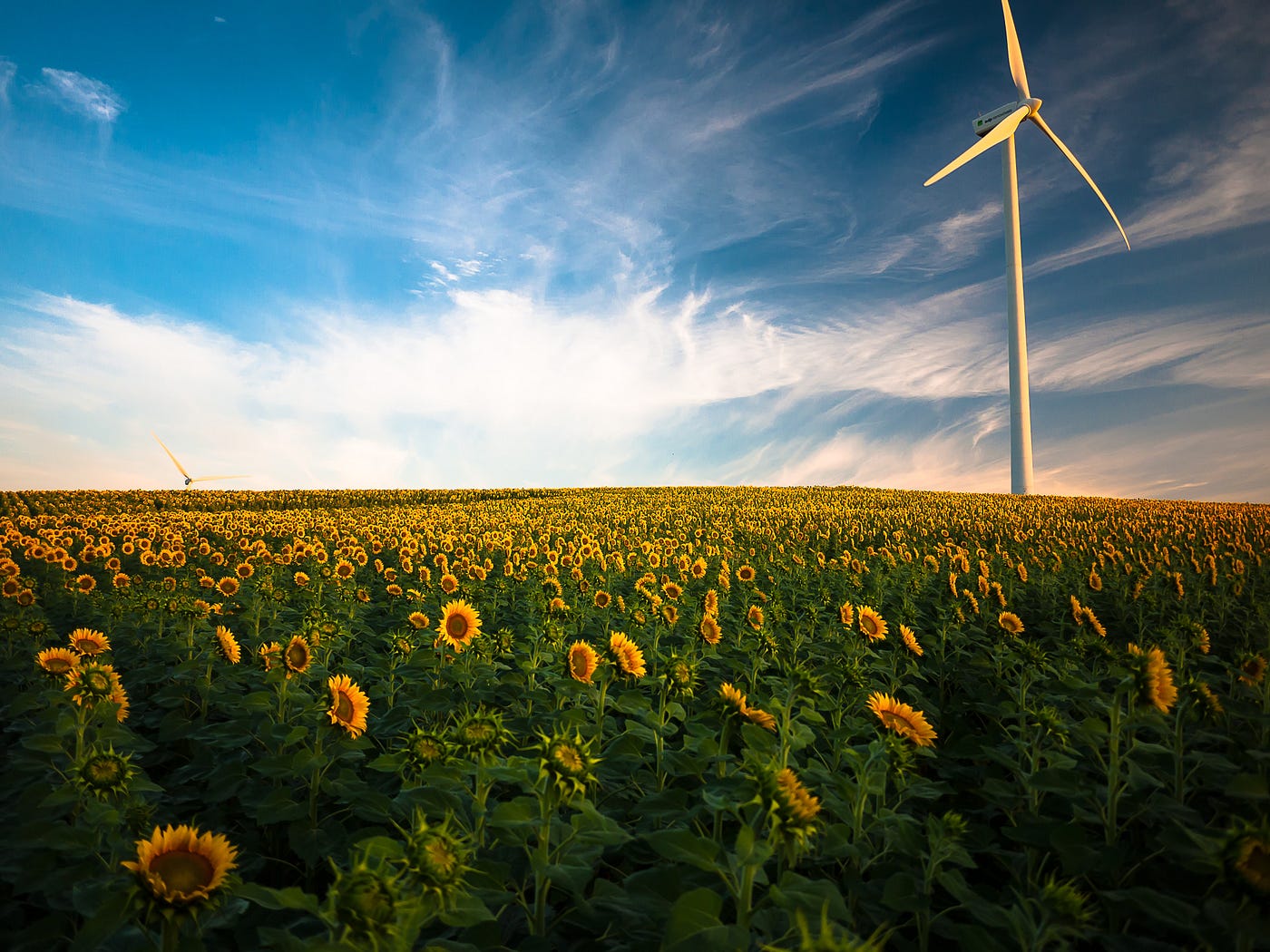The Junction of Technology and Environmental Conservation
The well-being of the planet has always needed Environmental conservation to be at the forefront and with the rise of urbanization, the population, and the ever-challenging climate, protecting our world has grown more important. Today, technology has emerged as a major factor in encouraging sustainable solutions to prevent so much destruction. It is now possible to understand, monitor and protect the world thanks to technology.
Innovative technologies are changing the way we tackle conservation. For instance, renewable energy systems that power our cities and harnessing data to track climate patterns. This blog post looks at how technology acts as an instrument and friend in altering our behavior towards the environment and how we can ensure that the future generation has an eco-friendly atmosphere to live in.
Data Analytics for Conservation
Watching Environmental Activities with Accuracy
One of the many important aspects of conserving nature is its understanding, monitoring, and resolving any issues that arise which is where data analytics comes into play. Data collected with the help of satellites, drones, and monitoring systems are available for researchers to examine deforestation, biodiversity, and floods. Studying the Earth data has never been easier.
For example, NASA’s Earth Observing System Data and Information System has extensive Environmental data that is available to researchers for free around the globe.
These technologies assist governments, conservation organizations, and policymakers in detecting ecological risks in real time, allowing them to carry out targeted responses to implement improvement.
Predictive Modeling for Better Planning
Advanced data analytics also provides modeling for predicting outcomes. Artificial intelligence (AI) driven algorithms have the ability to scan through historical and current data and make forecasts concerning different aspects of the environment. For example, predictive models can identify regions prone to desertification and soil erosion, therefore making it possible to provide early responses to avert soil degradation.
Climate models constructed with analytic engines such as the Google Earth Engine are also tremendously helpful for predicting happenings within the weather that aid communities and organizations to have a head start on climate disasters. This advanced insight makes a community more able to withstand impacts and guarantees that smarter, data-led decisions are made worldwide.
Renewable Energy Technologies
Decreasing Reliance on Fossil Fuels
The conservation of nature is aided by technology, and environmental conservation is the most important renewable energy advancement. Clean solar panels, wind turbines, and hydroelectric systems are increasingly dominating modern power generation, making it possible to shift away from fossil fuel plants that powered homes and industries, and instead use friendly renewable alternatives.
Specifically, solar energy is greatly improving. Modern photovoltaic panels are now made in a way that makes them both effective and cost friendly. Such like leading countries of Germany do, solar farms exist at such large scales that entire cities are powered by the energy, lessening fossil fuel dependence by greatly reducing the emissions of green house gasses.
At the same time, the energy from wind combined with the great turbines supports transforming energy grids across the globe.
Wind offshore farms like the Horn Sea Project in the UK use the persistent winds from the ocean to provide renewable energy to national grids. It is currently the wealthiest wind farm.
The developments in techbology related to battery storage are also reshaping the energy configuration globally. Electricity is capable of being stored and distributed at a later time using specific storage devices like the Tesla’s Powerwall and other big-scale grid batteries. This ensures that there will always exist a stable provision of clean energy in times where renewable sources are not available, like during cloudy weather or night time.
Smart farming
Minimal Impact Farming
Precision farming is a new form of farming that aims to eliminate the use of resources that are damaging to the environment. This form of farming has been made possible through advancements in technology.
Farming with IoT Technology
Advanced technology has enabled systems of farming that utilize smart agriculture and devices to automate farming operations. Sensors, drones, and satellite imagery can now be used for monitoring water usage, crop growth, and soil fertility. These devices and technology allow better farming which helps make informed decisions that can avoid overwatering crops while providing them with the right quantity of water.
IoT powered smart irrigation systems, for example, can alter the quantity of water released into the soil automatically by measuring the moisture level within the soil, allowing them to control the amount of water that crops get.
This improves the yields for farmers while conserving essential environmental resources.
Farm Agriculture With AI: Sustainable Practices
Sustainable innovations with artificial intelligence (AI) in agriculture are fantastic as they are effective. In agriculture, predictively AI tools can anticipate a pest invasion and, therefore, farmers can take precautionary action using pesticides only when required. This greatly aids in sustaining the soil and produces safe food for the users.
AI equipped farming robots also help to eliminate excessive tilling, which is laborious and eco-unfriendly. These autonomously operated robots perform planting, weeding, and harvesting functions which help to minimize fuel consumption and soil disturbance.
How AI Can Create a Sustainable Future
Technology is not an object; it is the future of the environment. It is powered on innovation like automated data analysis that offer new solutions to the environment, renewable energy, and precision farming. All these new changes offer solutions to a sustainable future.
This, however, cannot be implemented with technology only as the environment will still need human intervention. The governments, industries, and people need to work together to make sure that the solutions offered are implemented responsibly.
Together, we can use these resources and build a culture of sustainability to protect our planet for future generations.



